June 9th, 2022
6minute read
Cop-killer bullets.
Thats a pretty inflammatory phrase that is thrown around a lot.
It seems to have been invented by hoplophobes and then used by politicians to attack your Second Amendment rights.

But, is there any truth to the idea of armor-piercing bullets?
Like most political footballs, you have to dig into the facts to find the truth of the matter.
Once you do, you find some facts that have been grossly distorted for political gain.
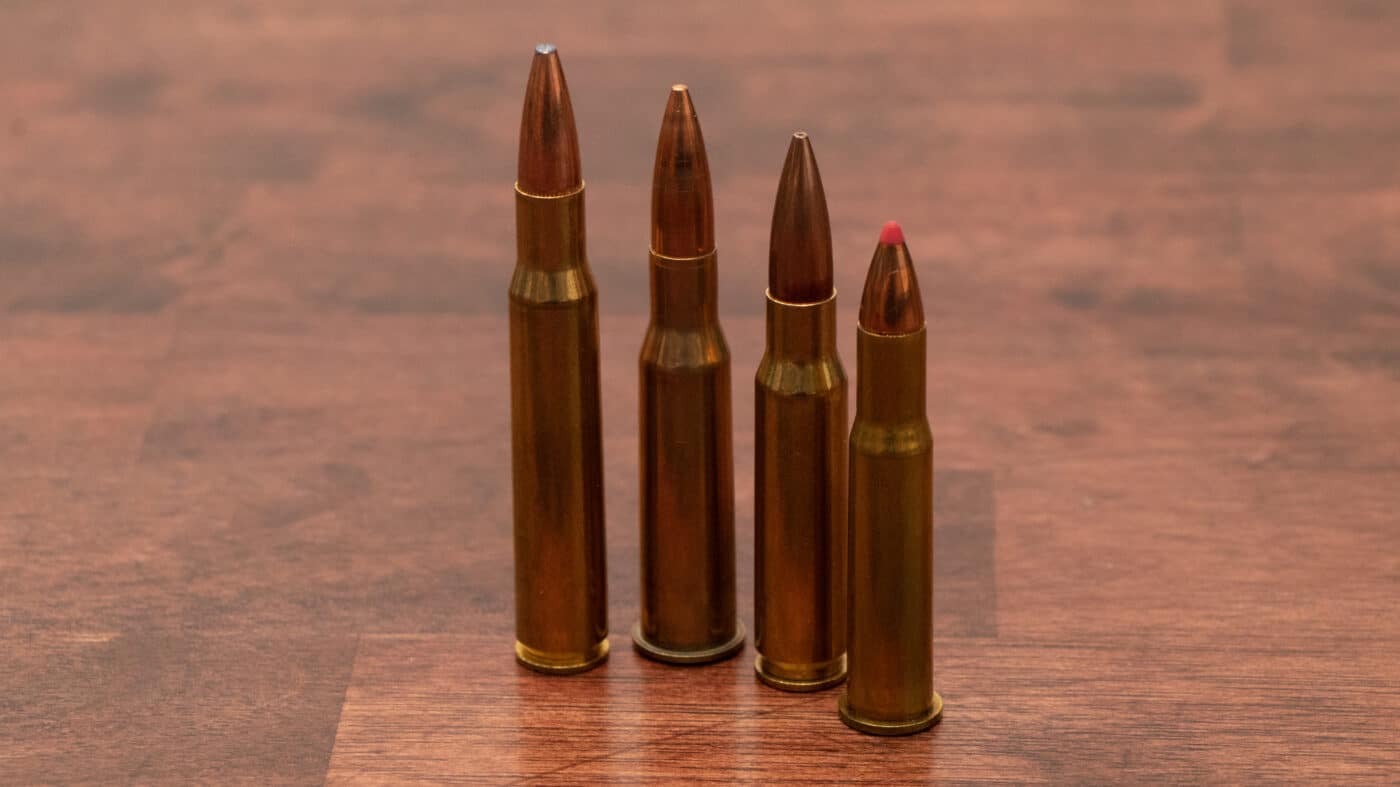
What Is Modern Body Armor?
For this article, I will define armor-piercing to mean able to penetrate soft body armor.
Modernsoft body armorhas been around for many years.
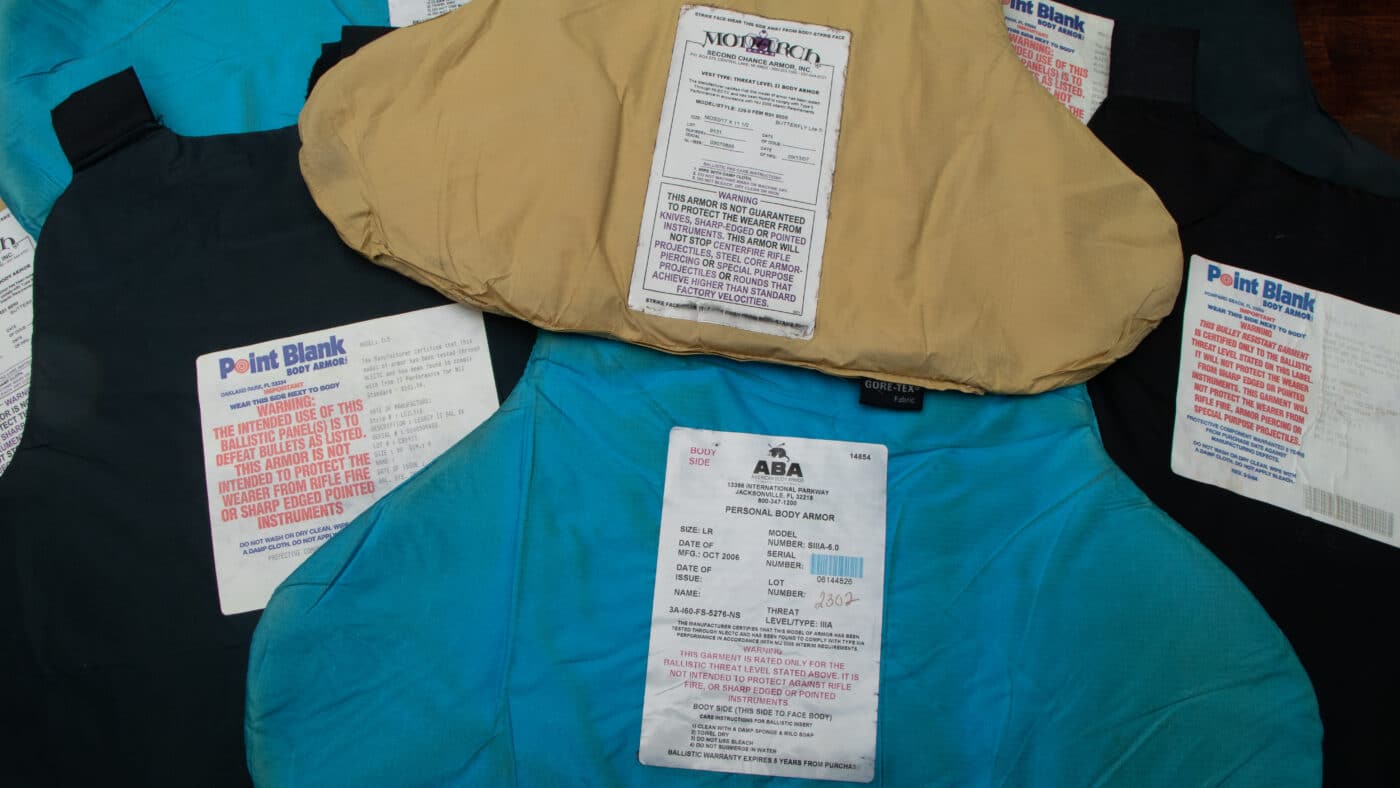
Polymer fibers like Kevlar are used to create bullet-resistant clothing.
This includes the soft body armor worn by most police officers today.
That makes it feasible for daily use by law enforcement officers.
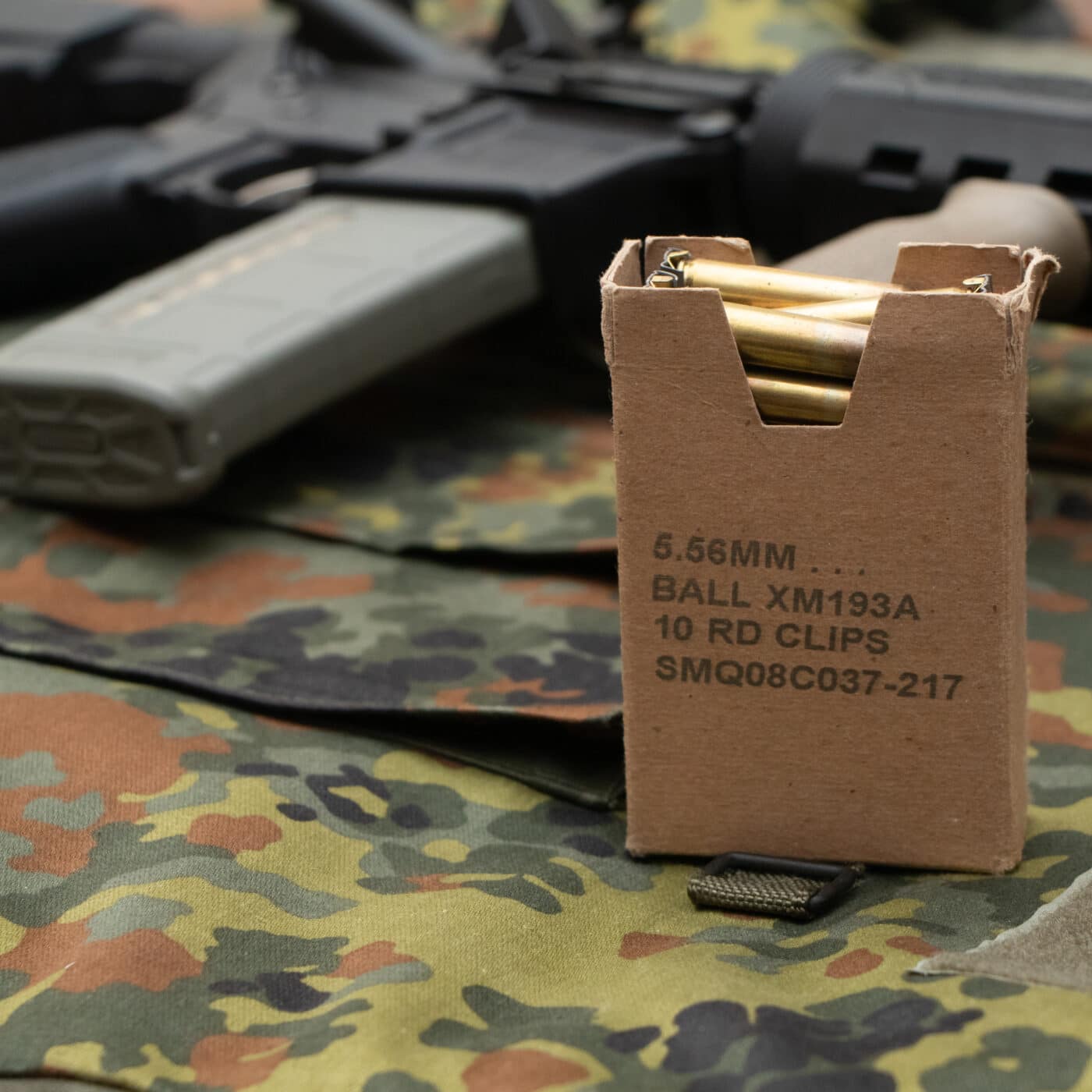
Standards
Soft body armor is not an infallible product.
The reality is that body armor is only bullet-resistant not bulletproof.
All armor can be defeated.
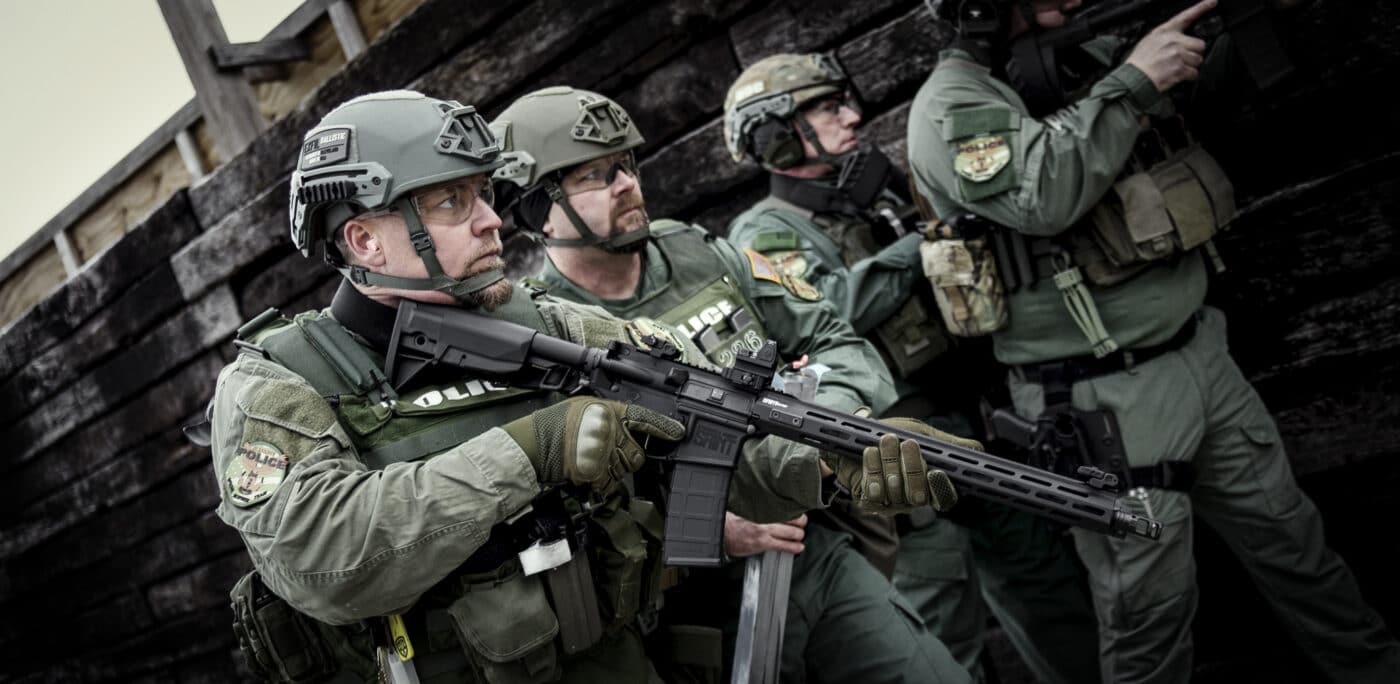
Soft body armor can stop many, but not all, commonly available handgun rounds.
No soft body armor can stop centerfire rifle rounds.
It is responsible for saving thousands of lives, but it is not a panacea.
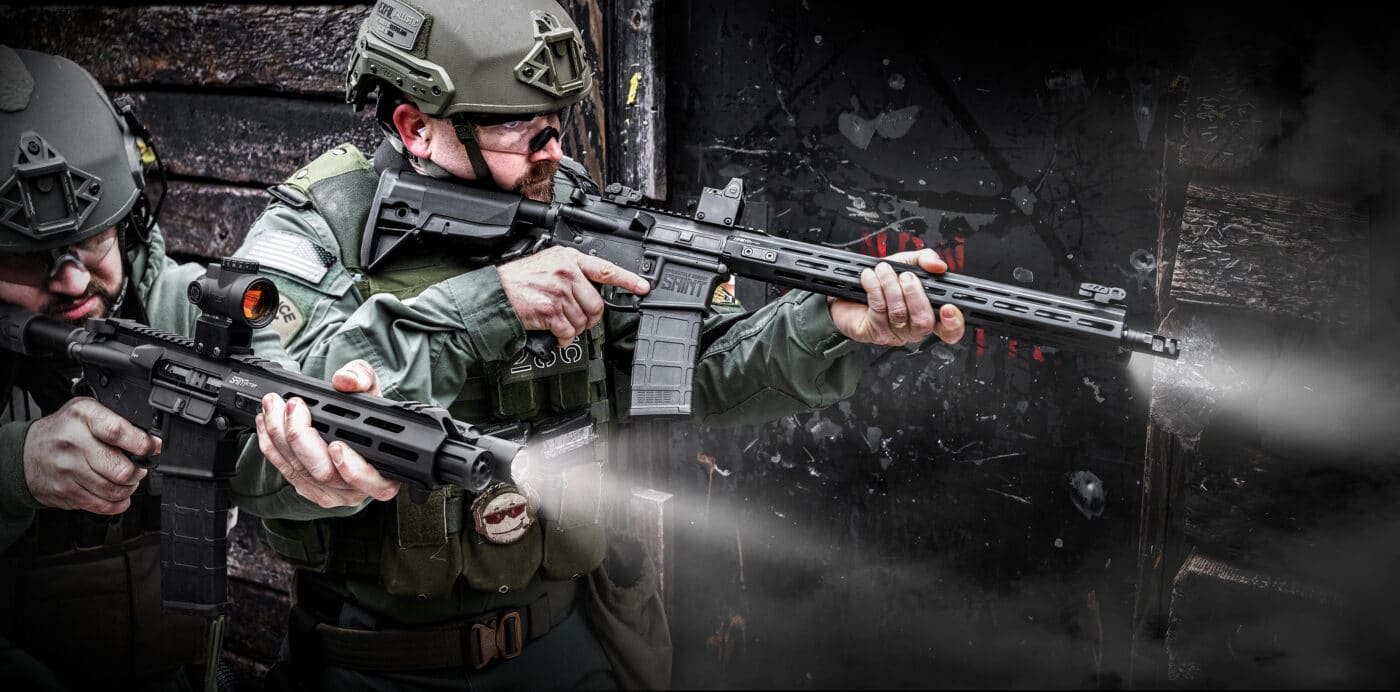
Over time, that system has been updated and changed to reflect current technology.
Soft body armor is currently categorized into one of three levels: II-A, II and III-A.
II-A offers the least protection while III-A offers the most.
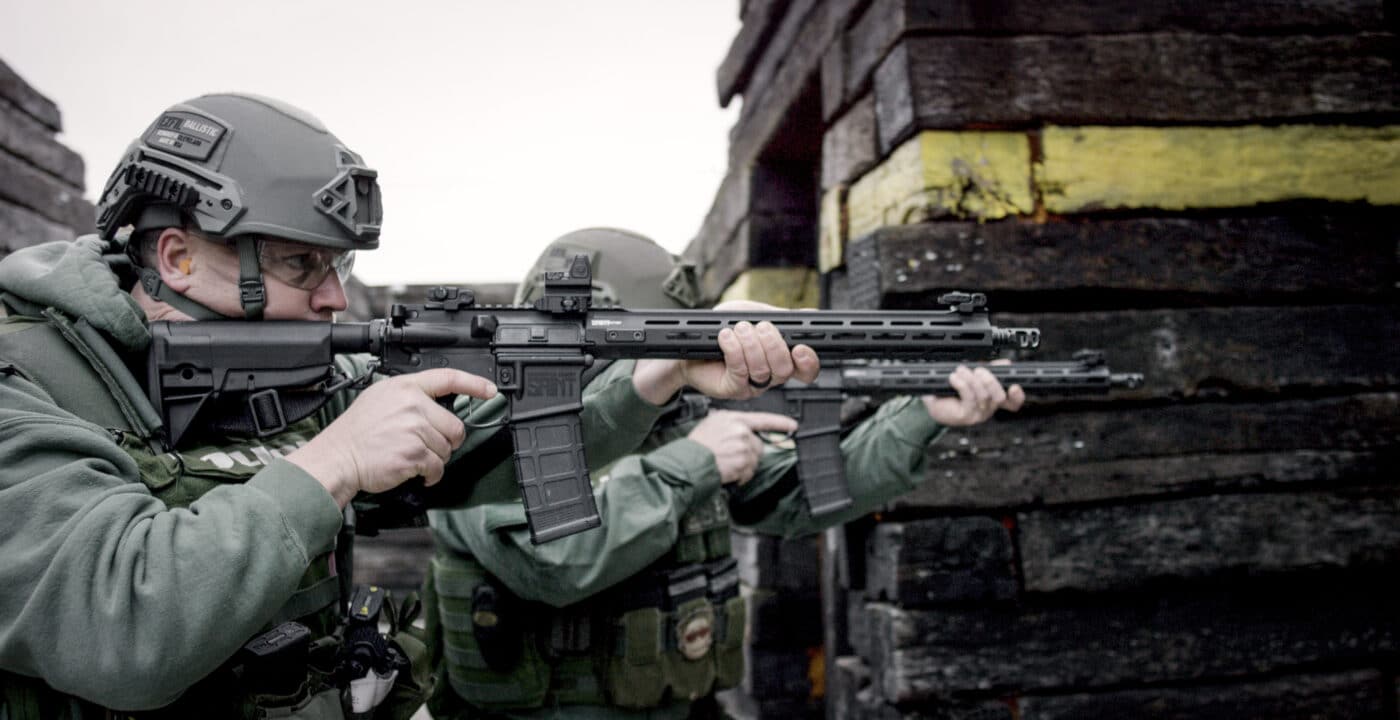
So, if any standard hunting cartridge is literally an armor-piercing round, why the hubbub about cop-killer bullets?
Thats where things get interesting.
That appears to have been the formula used in a television story titled The Killer Bullet in 1982.
In it, the television program highlighted a Teflon-coated bullet called the KTW.
This so-called cop-killer bullet was said to punch through the soft body armor worn by cops at that time.
Such was the state of handgun ammunition in the 1980s.
Members of the criminal justice community developed KTW rounds in the 1960s specifically for use by law enforcement.
During this time, bullet technology was vastly inferior to that of today.
Much of the ammunition carried by police officers was unable to reliably penetrate automotive glass and doors.
Developed to defeat these hard barriers, KTW ammunition used conically shaped projectiles made of hardened, dense metals.
The initial development of KTW rounds occurred during a period when soft body armor didnt exist.
So, to say that KTW rounds were developed to defeat soft body armor is patently false.
Interestingly, many people wrongly claimed the Teflon coating allowed the projectiles to penetrate soft body armor.
Even today, Ive seen many people repeat this false claim.
The result is reduced, not increased, penetration.
Nevertheless, KTW became the focus of many news stories.
Some state laws ban KTW by name while others ineffectually ban Teflon-coated projectiles.
Myth vs.
Reality
Why is this 30-something-year-old controversy about armor-piercing rounds still relevant?
For two main reasons.
First, if you are a law enforcement officer, you should understand the capabilities of your body armor.
you might expect that centerfire rifle rounds will penetrate it.
In independent testing, Ive seen7.6225 Tokarev, lightweight 9mm, 5.728 and .357 Magnum penetrate body armor.
So, stay alert, be ready to take decisive action and use cover when things go sideways.
Secondly, anti-civil rights activists are always looking for inroads to regulate more and more of the firearms industry.
The existing legislation and accepted statements about armor-piercing ammunition give them a new tool.
When Winchester Ammunition introduced the Black Talon line in the early-1990s, it used a Lubalox coating.
Eventually, Black Talon was pulled from the market and replaced by a similar product.




